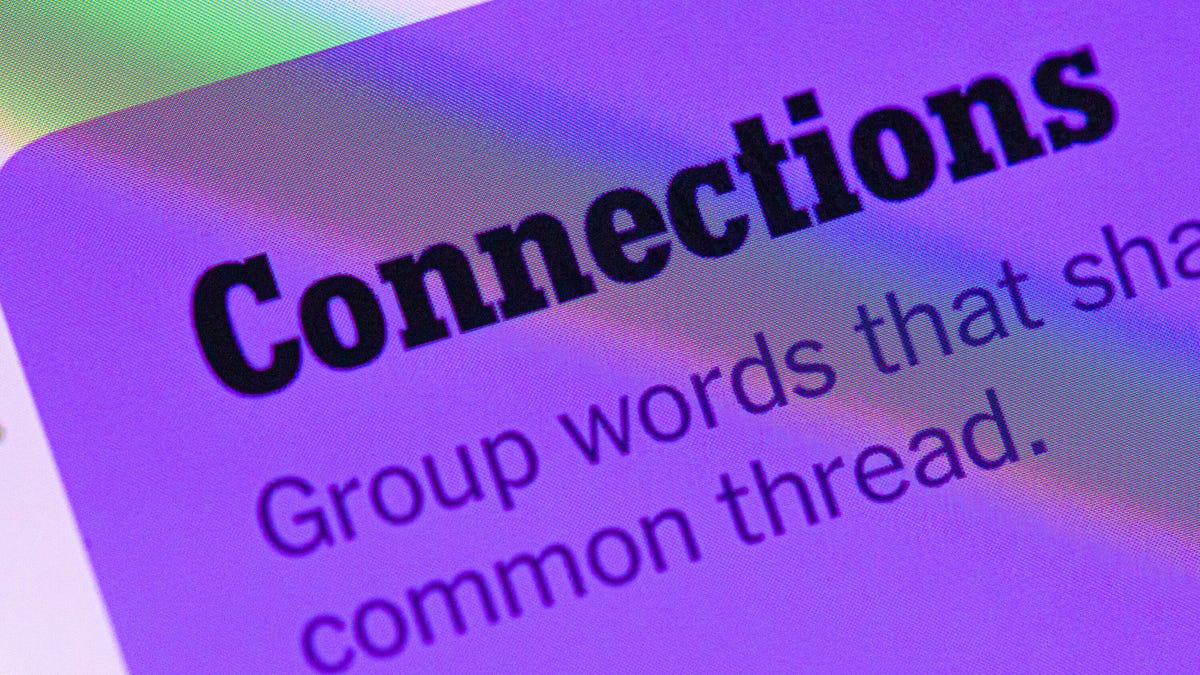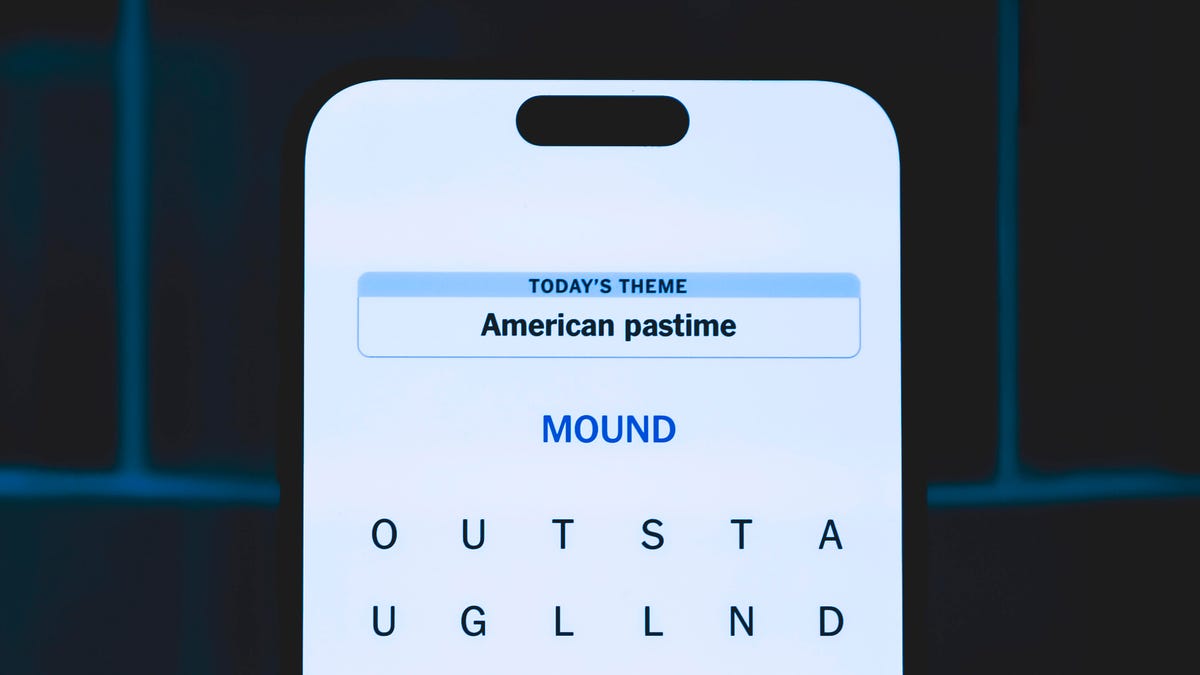Technologies
CDC and WHO recommend fully vaccinated should wear masks indoors. Here’s the latest
The CDC recently updated its stance to say fully vaccinated people should wear masks in certain areas. We’ll explain what’s going on.

The Centers for Disease Control and Prevention is recommending fully vaccinated people wear masks indoors again in some areas — including schools — it announced during a telebriefing Tuesday. This is different from its guidance earlier in July that said it’s safe for teachers and students who are fully vaccinated to skip the face masks. So why the sudden change? A spike in COVID-19 cases across the US caused by the highly contagious delta variant has resulted in the CDC updating its guidance for mask wearing.
The World Health Organization continues to recommend that to slow the rapidly spreading delta variant, everyone should continue to wear face masks in crowded areas, even people who are past the two-week mark after receiving their second vaccine dose, for example from Pfizer, Moderna or AstraZeneca.
Both the WHO and CDC agree that people who aren’t vaccinated should continue to wear face masks. But given the high rate of protection that vaccinated people have against the delta variant and other COVID strains, why are some medical experts in conflict about a barrier over your nose and mouth? We continue to update this story.
CDC guidance: Fully vaccinated should continue wearing masks in some areas
The CDC on Tuesday changed its guidance for mask wearing to say that vaccinated people should continue wearing masks indoors in certain areas of the country. This includes areas where COVID-19 cases are on the rise. It also changed the guidance for K-12 schools, saying everyone should wear a mask, regardless of vaccination status. Earlier this month, it said fully vaccinated teachers and students don’t need to wear masks inside the school.
Originally, the guidelines said those who are fully vaccinated can «resume activities without wearing masks or physically distancing» except where required, such as in planes and businesses. CDC Director Dr. Rochelle Walensky previously stuck to that guidance on NBC’s Today show on June 30, saying fully vaccinated people are protected from the delta variant.
The CDC warned CNN that there’s still a small chance fully vaccinated people can become infected with the new variant if they’re exposed. We’ve asked the CDC for comment.
What is the CDC’s new guidance for kids and teachers?
Those who aren’t vaccinated — ages 2 and up — need to wear a mask while inside but don’t have to when they’re outside. For fully vaccinated teachers and students, the CDC recommends continuing to wear masks inside the school building.
For child care programs, regarding schools with children younger than 12, universal mask use can be implemented, as children this age aren’t eligible for the COVID-19 vaccines yet. Mask mandates can also go into effect if coronavirus transmission is high in that community.
For schools that can’t provide adequate physical distancing, the CDC says «layered COVID-19 prevention strategies» should be put in place to protect kids and teachers who aren’t fully vaccinated.
Read more: In-person learning should be a priority for schools this fall, CDC says
Why are experts at odds over masks for vaccinated people?
In June, WHO officials repeated a longstanding recommendation that everyone should wear masks to stem the spread of the virus. Meanwhile, the CDC until Tuesday had been continuing to uphold its guidance that not all fully vaccinated Americans need to wear masks indoors or maintain social distancing. White House Chief Medical Adviser Dr. Anthony Fauci said that those who’ve had two doses of the vaccine should still «go the extra step» of wearing a mask when traveling to places with low vaccination rates.
A few days after the WHO recommended that people who have received the COVID-19 vaccine should continue wearing a face mask, Fauci explained why the advice differed from the CDC’s. «There’s a reason for that,» he said in a virtual White House press briefing. «The WHO is responsible for the planet as a whole. It’s different in the world in general from here in the United States.»
So, while the WHO is monitoring the pandemic around the world, with a majority of people unvaccinated, the CDC is responding to the situation in the US, where the vaccines have been shown to work quite effectively against hospitalization from the delta variant. Only 13.9% of the global population is fully vaccinated, according to vaccine tracker site Our World in Data. The US nearly quadruples that number: 49.7% of Americans are considered fully vaccinated as of July 4, according to the Mayo Clinic.
For Fauci and the CDC, the focus is on getting a greater number of Americans vaccinated in the first place. On July 4, Fauci said that 99.2% of COVID-related deaths last month involved unvaccinated people.
What is WHO’s position on mask wearing?
Wearing a mask consistently continues to be important, even for people who are vaccinated, a WHO official said during a press briefing in late June. «People cannot feel safe just because they had the two doses. They still need to protect themselves.»
Wearing masks in public places is essential to keep people from inhaling particles that will cause them to become sick, Dr. Maria Van Kerkhove, an American infectious disease epidemiologist, said during the same briefing.
While the Pfizer and Moderna vaccines are showing robust protection against variants, «breakthrough» infections may still sporadically occur. In a case in early June, a fully vaccinated woman in Napa, California, died from COVID-19. She was over 65 and was reported to have underlying medical conditions.
Why is the coronavirus delta variant serious?
The delta variant is the latest of new coronavirus variants and is the most contagious of the variants identified so far, according to the WHO. The delta variant has been identified in 96 countries so far and is spreading among the unvaccinated population, the organization said during the press conference.
«The delta variant is currently the greatest threat in the US to our attempt to eliminate COVID-19,» Fauci said during a White House press briefing on June 22.
Will there be new mask mandates or tighter restrictions?
Some countries have already begun tightening COVID-19 restrictions. For instance, four cities across Australia have returned to lockdown, including Sydney’s state of New South Wales. In the US, Los Angeles County is strongly recommending face masks indoors, regardless of whether someone has been vaccinated, though masks aren’t required in most places. Some countries within Africa and Asia — for instance, South Africa and Malaysia — have also moved into lockdown due to the delta variant spreading.
Some places never loosened mask mandates, such as airports and airlines. In the US, other public transportation facilities require masks, such as buses and trains.
For more information, here’s what you need to know about «long COVID» and how it’s treated. Also, read up on these COVID-19 vaccine side effects and important dos and don’ts of getting your COVID-19 vaccine.
The information contained in this article is for educational and informational purposes only and is not intended as health or medical advice. Always consult a physician or other qualified health provider regarding any questions you may have about a medical condition or health objectives.
Technologies
Today’s NYT Connections Hints, Answers and Help for Nov. 26, #899
Here are some hints and the answers for the NYT Connections puzzle for Nov. 26, #899

Looking for the most recent Connections answers? Click here for today’s Connections hints, as well as our daily answers and hints for The New York Times Mini Crossword, Wordle, Connections: Sports Edition and Strands puzzles.
Today’s NYT Connections puzzle is kind of tough, with a really goofy purple category. If you need help sorting the answers into groups, you’re in the right place. Read on for clues and today’s Connections answers.
The Times now has a Connections Bot, like the one for Wordle. Go there after you play to receive a numeric score and to have the program analyze your answers. Players who are registered with the Times Games section can now nerd out by following their progress, including the number of puzzles completed, win rate, number of times they nabbed a perfect score and their win streak.
Read more: Hints, Tips and Strategies to Help You Win at NYT Connections Every Time
Hints for today’s Connections groups
Here are four hints for the groupings in today’s Connections puzzle, ranked from the easiest yellow group to the tough (and sometimes bizarre) purple group.
Yellow group hint: Maybe?
Green group hint: Kate and Liz would also qualify.
Blue group hint: Think banking terms.
Purple group hint: Furry friends, with a twist.
Answers for today’s Connections groups
Yellow group: Verbs expressing possibility.
Green group: Women’s nicknames.
Blue group: Financial abbreviations.
Purple group: Backwards animals.
Read more: Wordle Cheat Sheet: Here Are the Most Popular Letters Used in English Words
What are today’s Connections answers?
The yellow words in today’s Connections
The theme is verbs expressing possibility. The four answers are can, could, may and might.
The green words in today’s Connections
The theme is women’s nicknames. The four answers are Deb, Jan, Kat and Sue.
The blue words in today’s Connections
The theme is financial abbreviations. The four answers are APR, CFO, IRA and SEC.
The purple words in today’s Connections
The theme is backwards animals. The four answers are flow (wolf), god (dog), mar (ram) and tab (bat).
Don’t miss any of our unbiased tech content and lab-based reviews. Add CNET as a preferred Google source.
Toughest Connections puzzles
We’ve made a note of some of the toughest Connections puzzles so far. Maybe they’ll help you see patterns in future puzzles.
#5: Included «things you can set,» such as mood, record, table and volleyball.
#4: Included «one in a dozen,» such as egg, juror, month and rose.
#3: Included «streets on screen,» such as Elm, Fear, Jump and Sesame.
#2: Included «power ___» such as nap, plant, Ranger and trip.
#1: Included «things that can run,» such as candidate, faucet, mascara and nose.
Technologies
Today’s NYT Strands Hints, Answers and Help for Nov. 26 #633
Here are hints and answers for the NYT Strands puzzle for Nov. 26, No. 633.

Looking for the most recent Strands answer? Click here for our daily Strands hints, as well as our daily answers and hints for The New York Times Mini Crossword, Wordle, Connections and Connections: Sports Edition puzzles.
Today’s NYT Strands puzzle has a fun topic, especially if you love a certain mode of travel. Some of the answers are difficult to unscramble, so if you need hints and answers, read on.
I go into depth about the rules for Strands in this story.
If you’re looking for today’s Wordle, Connections and Mini Crossword answers, you can visit CNET’s NYT puzzle hints page.
Read more: NYT Connections Turns 1: These Are the 5 Toughest Puzzles So Far
Hint for today’s Strands puzzle
Today’s Strands theme is: All aboard!
If that doesn’t help you, here’s a clue: Choo-choo!
Clue words to unlock in-game hints
Your goal is to find hidden words that fit the puzzle’s theme. If you’re stuck, find any words you can. Every time you find three words of four letters or more, Strands will reveal one of the theme words. These are the words I used to get those hints but any words of four or more letters that you find will work:
- GASP, GASPS, GAPS, PERT, SLEEP, GRATE, RATE, RAIN, BOAT, PASS
Answers for today’s Strands puzzle
These are the answers that tie into the theme. The goal of the puzzle is to find them all, including the spangram, a theme word that reaches from one side of the puzzle to the other. When you have all of them (I originally thought there were always eight but learned that the number can vary), every letter on the board will be used. Here are the nonspangram answers:
- COACH, QUIET, DINING, SLEEPER, OBSERVATION
Today’s Strands spangram
Today’s Strands spangram is PASSENGERTRAIN. To find it, start with the P that’s five letters down on the far left, and wind across and up.
Don’t miss any of our unbiased tech content and lab-based reviews. Add CNET as a preferred Google source.
Toughest Strands puzzles
Here are some of the Strands topics I’ve found to be the toughest in recent weeks.
#1: Dated slang, Jan. 21. Maybe you didn’t even use this lingo when it was cool. Toughest word: PHAT.
#2: Thar she blows! Jan.15. I guess marine biologists might ace this one. Toughest word: BALEEN or RIGHT.
#3: Off the hook, Jan. 9. Similar to the Jan. 15 puzzle in that it helps to know a lot about sea creatures. Sorry, Charlie. Toughest word: BIGEYE or SKIPJACK.
Technologies
These 50+ Early Black Friday Headphone Deals Include Solid Discounts From Apple, Sony, Beats and More
-

 Technologies3 года ago
Technologies3 года agoTech Companies Need to Be Held Accountable for Security, Experts Say
-

 Technologies3 года ago
Technologies3 года agoBest Handheld Game Console in 2023
-

 Technologies3 года ago
Technologies3 года agoTighten Up Your VR Game With the Best Head Straps for Quest 2
-

 Technologies4 года ago
Technologies4 года agoBlack Friday 2021: The best deals on TVs, headphones, kitchenware, and more
-

 Technologies4 года ago
Technologies4 года agoVerum, Wickr and Threema: next generation secured messengers
-

 Technologies4 года ago
Technologies4 года agoGoogle to require vaccinations as Silicon Valley rethinks return-to-office policies
-

 Technologies4 года ago
Technologies4 года agoOlivia Harlan Dekker for Verum Messenger
-

 Technologies4 года ago
Technologies4 года agoiPhone 13 event: How to watch Apple’s big announcement tomorrow
